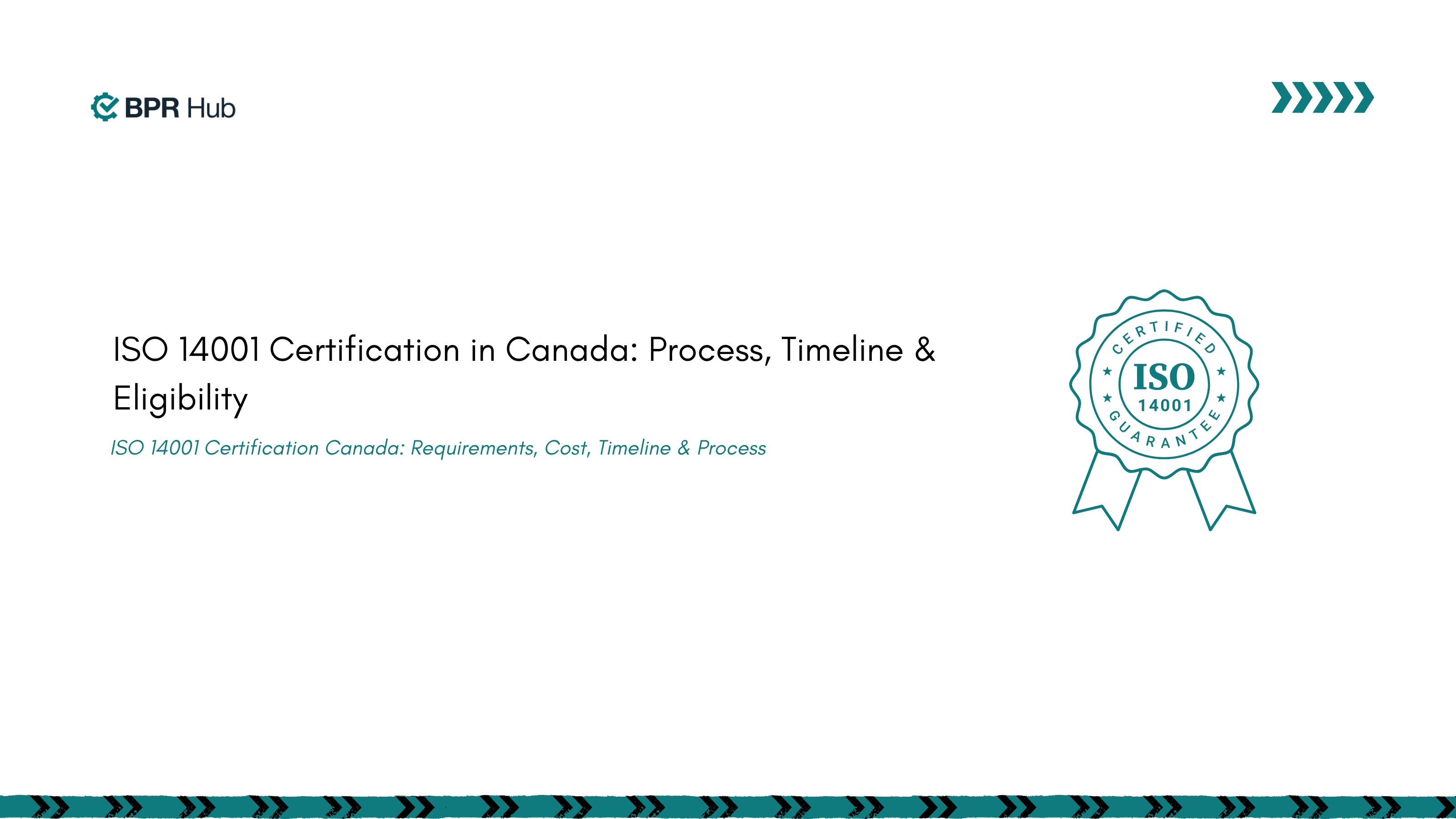Every year, contaminated food causes illness in 1 in 10 people worldwide, resulting in 420,000 deaths and an economic burden of $110 billion in low- and middle-income countries alone, as reported by WHO. In today’s volatile food ecosystem, risk isn’t just operational, it’s existential. Recalls, contamination, and non-compliance can derail growth overnight. But for manufacturers, food safety isn’t just about risk reduction, it’s the foundation of organizational resilience. A well-designed Food Safety Management System (FSMS) turns this risk into resilience giving teams real-time control, regulatory confidence, and the credibility to scale.
This guide breaks down the food safety management system, its purpose, real-world examples, and a step-by-step implementation roadmap that aligns with international standards. Whether you’re a compliance leader, operations head, or executive, with BPR Hub mastering FSMS means turning compliance into a competitive edge.
What Is a Food Safety Management System (FSMS) in the Food Industry?
A food safety management system is a structured, systematic approach to identifying, preventing, and controlling food safety hazards at every stage of the supply chain, from sourcing raw materials to shipping finished products. In the food industry, FSMS is the operating system for food safety, integrating hazard analysis, preventive controls, monitoring, documentation, and continuous improvement.
Key elements of an FSMS include
- Hazard analysis and risk assessment (biological, chemical, physical)
- Preventive controls and critical control points (CCPs)
- Prerequisite programs (PRPs) like Good Manufacturing Practices (GMP)
- Training and competency management
- Traceability and recall systems
- Record-keeping and audit readiness
- Management commitment and food safety culture
What Is the Purpose of a Food Safety Management System?

The purpose of a food safety management system is to provide a structured framework that ensures food is consistently produced, handled, and distributed in a manner that protects public health and meets legal, customer, and global market requirements. Core objectives include
- Protecting consumer health: Preventing foodborne illnesses and ensuring safe food reaches the market.
- Regulatory compliance: Meeting national and international food safety standards (such as ISO 22000, FDA’s FSMA, and GFSI-benchmarked schemes).
- Risk management: Proactively identifying and controlling hazards to minimize recalls, legal liabilities, and reputational risks.
- Operational efficiency: Standardizing processes, reducing errors, and optimizing resource use.
- Market access and trade: Facilitating entry into new markets that require proof of robust food safety controls.
- Continuous improvement: Driving ongoing enhancements in food safety practices and culture.
“A well-designed and implemented FSMS helps safeguard consumer safety and public health, starting from raw material sourcing to final product distribution.”
Before BPRHub
Managing a food safety management system often means juggling multiple standards, scattered documents, and manual processes. Audit prep becomes a fire drill. Teams spend hours tracking down records, reconciling overlapping requirements, and updating spreadsheets leaving minimal room for risk analysis or process enhancement.
With BPRHub
BPRHub transforms how manufacturers approach FSMS. Designed for ambitious, growth-focused teams, BPRHub centralizes, automates, and streamlines every aspect of food safety management turning compliance from a burden into a business advantage.
Real-World Examples of Food Safety Management Systems
FSMS is not a one-size-fits-all solution, different standards and frameworks exist, each designed to specific regulatory or industry needs. Here are the most widely adopted systems
Example in action:
A dairy company adopting ISO 22000 not only implements HACCP plans for biological, chemical, and physical hazards but also ensures supplier compliance, product traceability, and regular process audits. This comprehensive approach strengthens risk management across the entire supply chain.
What Is FSMS in the Food Industry?
In the food industry, FSMS is the backbone of safe operations. It is mandated by law in most jurisdictions and is essential for audit readiness, market access, and consumer trust. FSMS covers
- Raw material sourcing and supplier management
- Production, processing, packaging, and storage
- Distribution and logistics
- Foodservice and retail environments
FSMS ensures that every process is controlled, documented, and continuously improved, making it indispensable for manufacturers aiming for operational excellence and regulatory compliance.
Food Safety Management System Software: Why Digitalization Matters
Most FSMS programs are reactive by design, disconnected documents, manual audits, and last-minute fire drills. But digital tools like BPR Hub flip the script. Instead of reacting to risk, manufacturers can embed resilience into their daily operations. From audit readiness to real-time issue tracking, software brings control, consistency, and calm into food safety programs.
Benefits of FSMS software
- Centralized documentation and version control
- Automated audit trails and corrective action workflows
- Real-time monitoring of critical control points
- Supplier and batch traceability dashboards
- Integrated training and competency tracking
- Instant alerts for deviations or non-conformances
Leading platforms, like BPRHub, unify management of multiple standards (ISO, FDA, GFSI, etc.), reducing duplication and keeping teams audit-ready year-round. Digital FSMS solutions empower manufacturers to scale without scaling risk.
Don’t wait for your next audit fire drill — let’s automate it now.
📍 Book a Demo
📧 hello@bprhub.com
How to Implement a Food Safety Management System

Implementing an FSMS is a strategic, multi-phase process that requires cross-functional collaboration, leadership buy-in, and ongoing review. Here’s a proven roadmap
1. Analyze Operations and Define Scope
- Map out all products, processes, and facilities to be covered.
- Identify regulatory, customer, and market requirements.
- Set clear objectives (e.g., compliance, risk reduction, market access).
2. Assemble a Cross-Functional Food Safety Team
- Include representatives from production, QA, maintenance, supply chain, and compliance.
- Appoint a food safety team leader with authority and expertise.
3. Develop Food Safety Policy and Objectives
- Draft a policy reflecting your commitment to food safety, regulatory compliance, and continuous improvement.
- Set measurable objectives (e.g., zero recalls, 100% audit pass rate).
4. Conduct Hazard Analysis
- Identify biological, chemical, physical, and (if required) radiological hazards at every process step.
- Assess risks and determine where controls are needed.
5. Establish Prerequisite Programs (PRPs)
- Implement GMP, cleaning and sanitation, pest control, supplier management, and equipment maintenance.
- PRPs create the hygienic foundation for all food safety controls.
6. Develop a Hazard Control Plan (HACCP Principles)
- Identify critical control points (CCPs) where hazards can be prevented or minimized.
- Set critical limits, monitoring procedures, corrective actions, and verification steps.
- Document all procedures and responsibilities.
7. Implement Monitoring and Verification Systems
- Use digital tools (sensors, checklists, dashboards) to monitor CCPs and PRPs.
- Schedule regular internal audits and management reviews to verify effectiveness.
8. Train and Empower Employees
- Provide ongoing food safety training tailored to roles and responsibilities.
- Foster a culture of accountability and continuous improvement.
9. Establish Traceability and Recall Procedures
- Track ingredients and products throughout the supply chain.
- Develop rapid recall protocols for contaminated or non-compliant products.
10. Maintain Comprehensive Records
- Log all monitoring, verification, corrective actions, and training.
- Use FSMS software to streamline documentation and ensure audit readiness.
11. Audit, Review, and Continuously Improve
- Conduct regular internal and external audits.
- Analyze root causes of non-conformances and update procedures.
- Drive continuous improvement through data-driven insights.
How Does BPR Hub Help With FSMS?
BPRHub doesn’t just help you pass audits. It powers your operations, unlocks new revenue opportunities, and builds a resilient food safety culture making your FSMS a true engine for growth.
Centralize Standards: Manage ISO, FDA, GMP, and other food safety standards in a single platform, no more duplicate workflows or disconnected systems. BPRHub’s Unified Compliance Framework aligns overlapping requirements, so your team works smarter, not harder.
Automate Evidence Collection: BPRHub digitizes document analysis and automates audit workflows, ensuring all your food safety records are current, accessible, and audit-ready 24/7.
Streamline Workflows: Replace manual checklists and spreadsheets with automated task assignments, version-controlled SOPs, and real-time updates. Batch Manufacturing Records (BMRs) and training modules ensure everyone follows the latest procedures.
Turn your food safety program into a competitive weapon — not just a cost center.
📍 Book a Demo
📧 hello@bprhub.com
Key Takeaways
→ A food safety management system is the backbone of safe, compliant, and efficient food operations—protecting public health and your brand.
→ The purpose of a food safety management system is to prevent foodborne hazards, ensure regulatory compliance, and drive operational excellence.
→ Leading frameworks like HACCP, ISO 22000, and FSMA requirements form the core of modern FSMS in the food industry.
→ Digital food safety management system software simplifies compliance, centralizes documentation, and accelerates audit readiness.
→ Implementing FSMS requires leadership, cross-functional teamwork, hazard analysis, preventive controls, training, and continuous improvement.
→ A robust FSMS transforms audits from a hurdle into a growth milestone, unlocking new markets and building lasting trust.
FAQ
Q. What is the difference between HACCP and a food safety management system?
HACCP is a systematic approach focused on identifying and controlling hazards at critical points in the production process. An FSMS is broader, integrating HACCP principles with management systems, traceability, supplier controls, and continuous improvement. FSMS provides a holistic framework for managing all aspects of food safety, not just hazard control.
Q. How do you implement a food safety management system?
Implementation involves analyzing your operations, assembling a cross-functional team, developing policies, conducting hazard analysis, establishing PRPs and HACCP plans, training staff, monitoring controls, maintaining records, and driving continuous improvement. Digital FSMS software accelerates and simplifies this process.
Q. What is the HACCP food safety plan?
A HACCP food safety plan is a documented system that identifies hazards, determines CCPs, sets critical limits, establishes monitoring and corrective actions, and maintains records. It is the foundation of most FSMS frameworks and is required by many global standards.
Q. What is an example of a food safety system?
ISO 22000 is a leading example, integrating HACCP, PRPs, and management system principles. Others include FSSC 22000, BRCGS, SQF, and HARPC, each tailored to specific regulatory or customer needs.
Q. What are FSMA requirements?
FSMA (Food Safety Modernization Act) requires U.S. food businesses to create a food safety plan that includes hazard identification, preventive controls, monitoring, corrective actions, verification, and supply chain controls. FSMA extends beyond HACCP to include allergen, sanitation, and supply chain preventive controls.
Q. Who falls under FSMA?
FSMA applies to most food facilities that manufacture, process, pack, or hold food for consumption in the United States, including domestic and foreign companies exporting to the U.S. Some exemptions exist for small farms and certain low-risk activities.
Get insights that help you minimize risks and maximize profits.
Dive deeper into manufacturing compliance with our free resources.
We get it, compliance can get tough.
Here are some additional resources to help.
We get it, compliance can get tough. Here are some additional resources to help.
Get updates in your inbox

.svg)
%20(1).svg)


.jpg)
.jpg)

%20(1).svg)

.avif)

